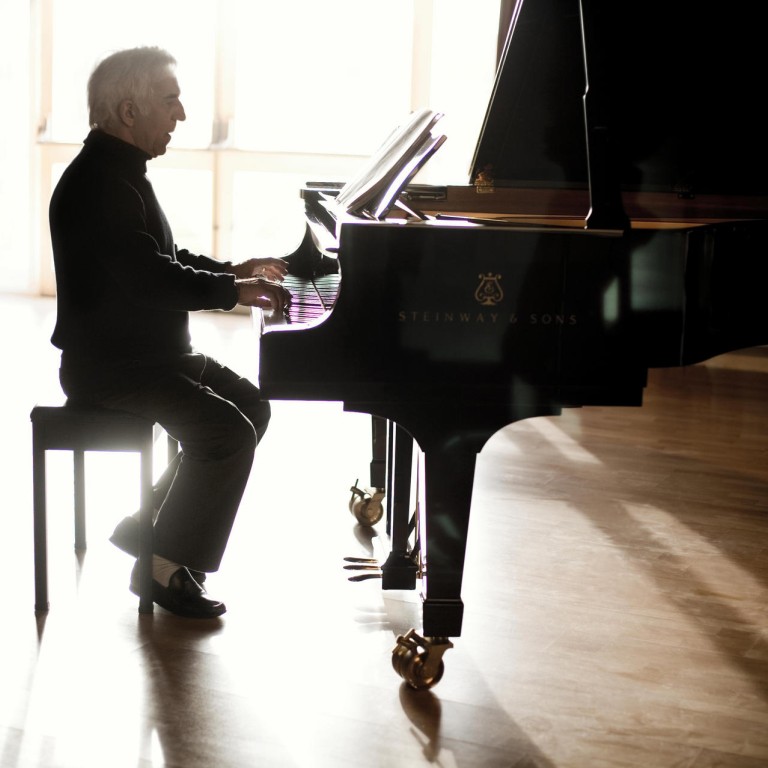
Arts Review: Ashkenazy Conducts, slightly unwieldy
Vladimir Ashkenazy has a secure place in the pantheon of Russian pianists, made even more memorable by his defection from the Soviet Union to the West in 1963 and his subsequent transition to conducting, for which he is most visible today.
Vladimir Ashkenazy has a secure place in the pantheon of Russian pianists, made even more memorable by his defection from the Soviet Union to the West in 1963 and his subsequent transition to conducting, for which he is most visible today. Since 2009, Ashkenazy has been the principal conductor of the Sydney Symphony.
The 75-year-old performs an eclectic repertoire, but last weekend's show with the Hong Kong Philharmonic comprised large-scale, staple fare by Sibelius and Richard Strauss.
Friday's performance was broadcast live on RTHK Radio 4 and Strauss' were probably best heard from the comfort of home after being channelled through the sound engineers. Strauss uses a whopping orchestra for the work and, while balancing it with the solo soprano may be challenging, it's essential to achieve it.
Ashkenazy happily let the music roll with minimal interference and a natural impetus
Camilla Tilling's voice has beautiful tone and clarity, so it was disappointing to hear it compromised by the orchestra - I won't say accompaniment - which should have ebbed and flowed in deference to her every note. Even the heart-melting violin solo from concertmaster Igor Yuzefovich in was diluted.
Strauss' is a vivid portrait of a man's search for the epitomic woman. You often hear a fast-paced opening that conjures the picture of virility tripping over its own libido. Not so here; Ashkenazy's steady rhythm felt more appropriate. The orchestra responded with verve and precision to his direction, but the female passages he coloured into the performance were on the buxom side, with limited exploration of the charms at the softer end of the spectrum. The oboe and clarinet solos connected more by projection than gentle magnetism; elsewhere, the climaxes were clearly macho.
Sibelius' Fifth Symphony was given in its revised 1919 version. The work presents a string of opportunities for the players to demonstrate their mettle without resorting to unnecessary rhetoric.
Ashkenazy happily let the music roll with minimal interference and a natural impetus, though many of the harmonic undertones were obscured by lead lines being pitched on the loud side. The disjointed clutch of chords that close the work usually pin your ears back through the self-conscious silences that separate them, but here they felt understated and matter of fact.
